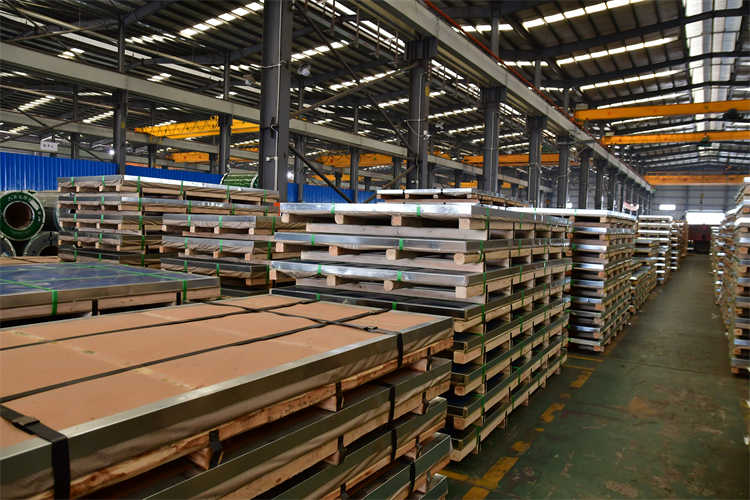The physical properties of stainless steel are mainly expressed in the following aspects:
① . coefficient of thermal expansion: the change of material mass and element caused by temperature change. The expansion coefficient is the slope of the expansion temperature curve, the instantaneous expansion coefficient is the slope at a specific temperature, and the average slope between two specified temperatures is the average thermal expansion coefficient. The coefficient of expansion can be expressed in volume or length, usually in length.
② Density: the density of a substance is the mass per unit volume of the substance, in kg / m3 or 1B / in3.
③ . elastic modulus: when the force applied to the two ends of the edge per unit length can cause the unit change of the object in length, the force required per unit area is called elastic modulus. The unit is 1B / in3 or N / m3.
④ . resistivity: the resistance measured between two opposite sides of cube material per unit length, in Ω • m, μ Ω• Ω (FT /. Mil) indicates waste.
⑤ Magnetic permeability: dimensionless coefficient, which indicates the degree to which a substance is easily magnetized. It is the ratio of magnetic induction intensity to magnetic field intensity.
⑥ . melting temperature range: determine the temperature at which the alloy begins to solidify and after solidification.
⑦ . specific heat: the heat required to change the temperature of a substance per unit mass by 1 degree. In English and CGS systems, the value of specific heat is the same, because the unit of heat (BIU or CAL) depends on the amount of heat required for the increase of 1 degree per unit mass of water. The value of specific heat in the international system of units is different from the British system or CGS system, because the unit of energy (J) is determined according to different definitions. The unit of specific heat is BTU (1b• 0f) and J / (kg • K).
⑧ Thermal conductivity: a measure of the rate at which a substance conducts heat. When a temperature gradient of 1 degree per unit length is established on the material per unit cross-sectional area, the thermal conductivity is defined as the heat conducted per unit time, and the unit of thermal conductivity is BTU / (h• ft• 0f) or w / (m • K).
⑨ Thermal diffusivity: it is a kind of performance to determine the internal temperature migration rate of a material. It is the ratio of thermal conductivity to the product of specific heat and density. The unit of thermal diffusivity is BTU / (h• ft• 0f) or w / (m• K).
The physical properties of stainless steel
The physical properties of stainless steel

